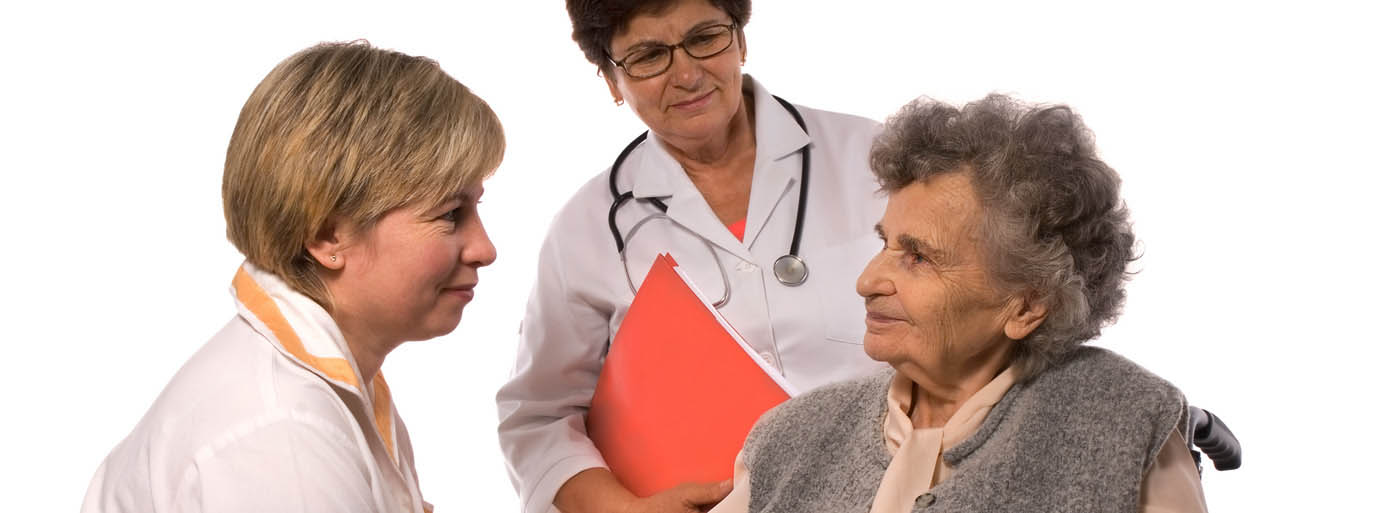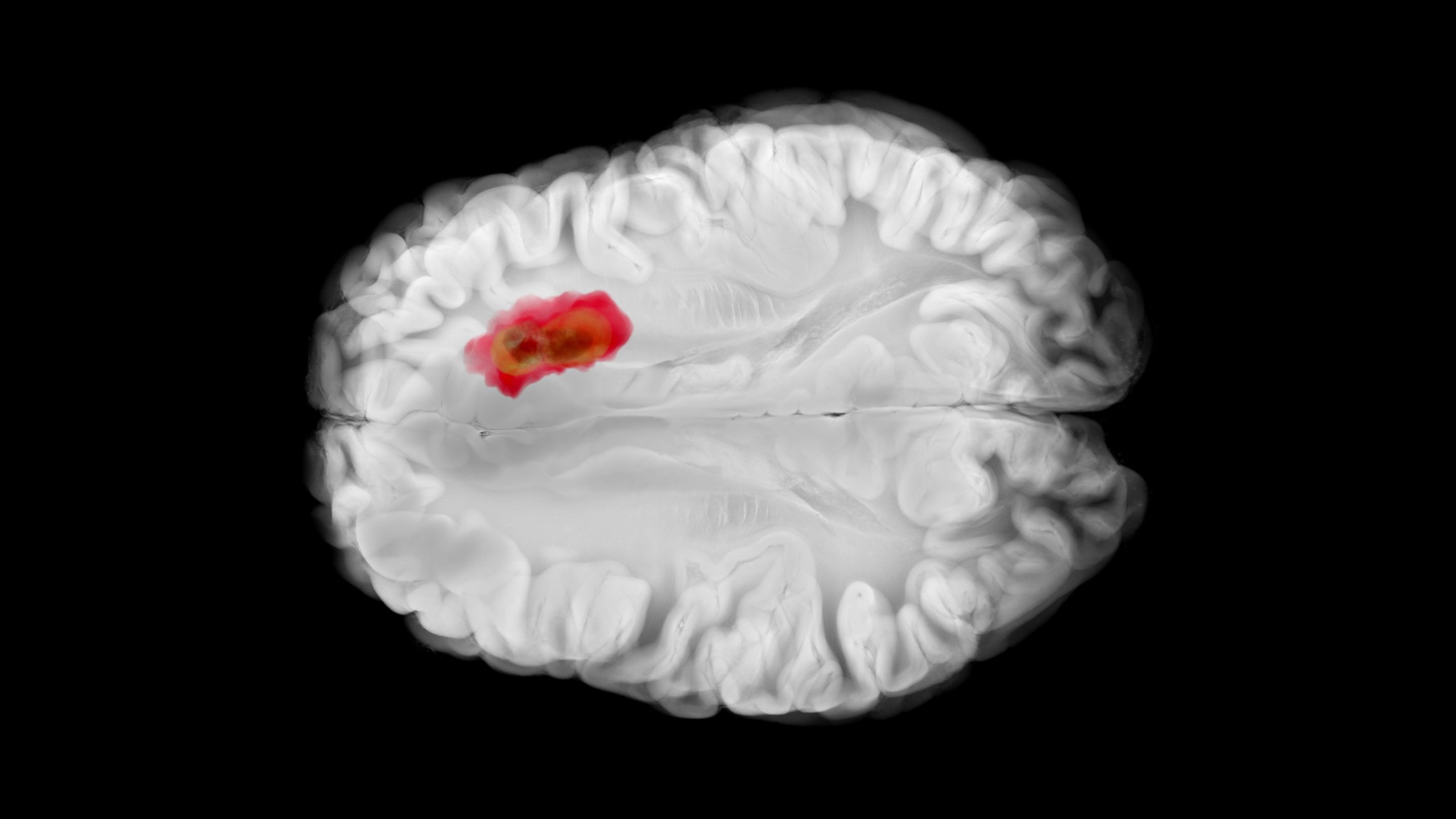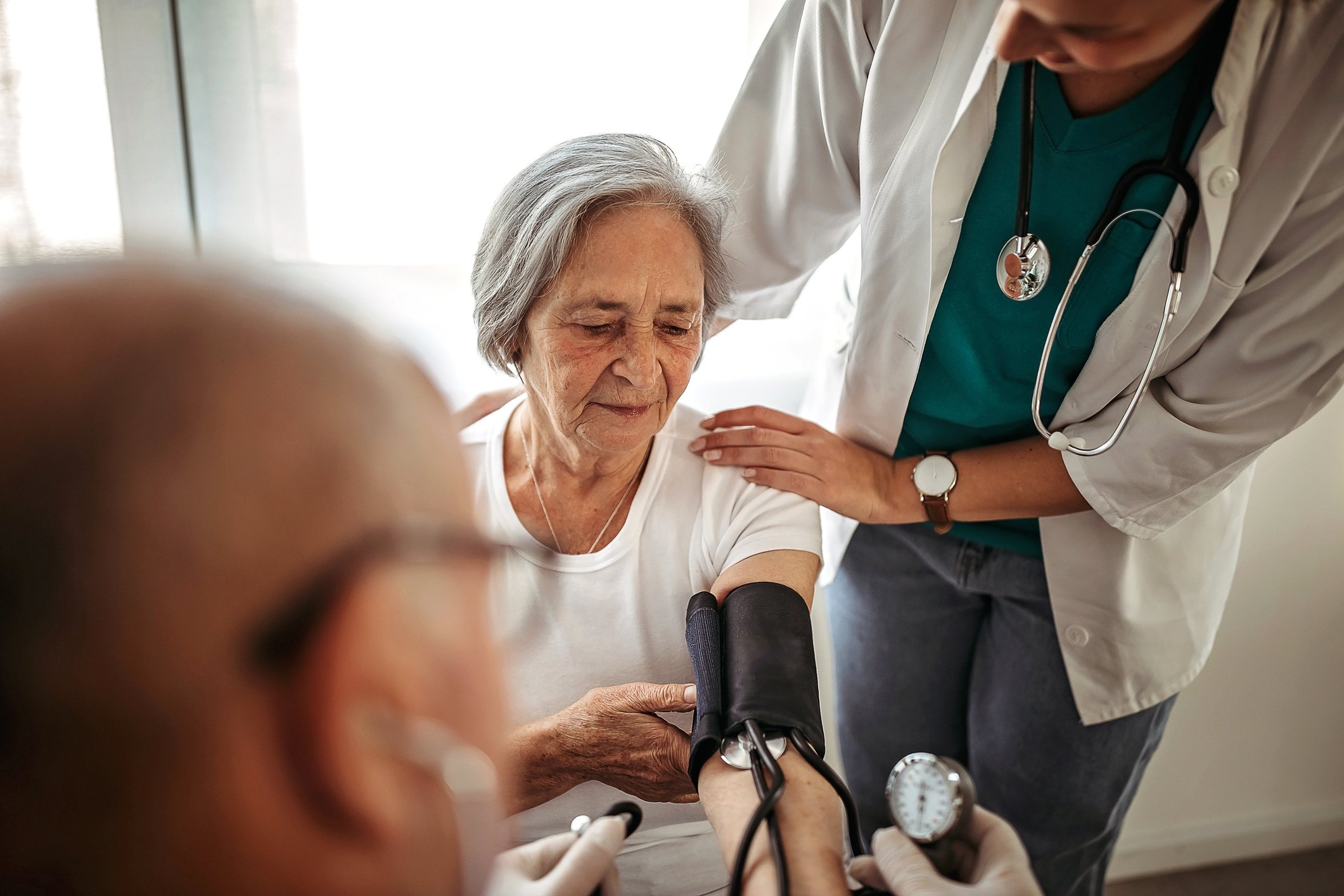Background: Alzheimer’s disease (AK) is the most common cause of dementia. The pathophysiology is complex and includes reductions in neurotransmitter release, leading to cognitive and functional impairment.
Cholinesterase inhibitors have become established as first-line therapy for AK. They provide symptomatic relief by allowing prolonged maintenance of cholinergic processes in the brain.
Rivastigmine is the only cholinesterase inhibitor approved in the form of a transdermal patch or oral capsules for the symptomatic treatment of mild to moderate AK in the United States and many other countries, including sometimes Switzerland. Both formulations have additional approval in the USA for the treatment of Parkinson’s dementia.
Previous studies have shown that once-daily transdermal application of rivastigmine provides continuous drug release and improves tolerability compared with twice-daily capsules. A large, 24-week, randomized, placebo-controlled, double-blind clinical trial (IDEAL) concluded that the 9.5 mg/d (10 cm2) rivastigmine patch is currently the target dose in the treatment of mild to moderate AK. In the study, the patch showed comparable efficacy to 12 mg/d capsules, but better tolerability scores, fewer treatment discontinuations due to gastrointestinal side effects, and a three-fold lower incidence of nausea and vomiting. This allowed most patients to reach their target dose.
Because the efficacy of rivastigmine is dose-dependent, higher doses may provide additional benefit compared with those previously approved.
Aim of the study
The aim of the present study was to compare the efficacy, safety, and tolerability of the rivastigmine patch at a higher dose (13.3 mg/d) with the currently used maintenance dose (9.5 mg/d). Patients had mild to moderate AK, and showed functional and cognitive declines under a 9.5 mg/d patch during the initial open-label (IOL) phase.
Inclusion criteria
Women or men between the ages of 50 and 85:
- With a diagnosis of Alzheimer’s type dementia (according to DSM IV) and probable AK (according to NINCDS/ADRDA criteria).
- With an MMSE score of ≥10 and ≤24.
Exclusion criteria
- Dementias and medical or neurological conditions, other than AK, that could interfere with the evaluation of the response of the medication under study
- The current diagnosis of uncontrolled seizure disorder.
- Severe/unstable cardiovascular disease
- Bradycardia (≤50 bpm), sick sinus syndrome, conduction disorders.
- Acute, severe or unstable asthmatic condition
- Uncontrolled gastric ulcers/gastrointestinal bleeding within the last three months
- Clinically significant urinary obstruction
- Allergy to products with vitamin E
- Sensitivity to cholinergic agents or a skin lesion/disease that prevents the administration of a transdermal patch
- Malignancy of any organ within the past 5 years, unless stable
- History of a current diagnosis of cerebrovascular disease.
In addition, patients were prohibited from taking any cholinesterase inhibitors or other approved AK therapies 2 weeks before study entry, with the exception of stable memantine treatment (if started ≥3 months before study entry) and the use of developmental drugs, new psychotropic medications or dopaminergic agents, and anticholinergics (if not taken at a stable dose in the 4 weeks before study entry).
Study design
72- to 96-week, multicenter study consisting of a 24- to 48-week IOL phase followed by a 48-week randomized, double-blind, parallel-group phase.
Study groups
Group 1: 287 patients received the 9.5 mg/d rivastigmine patch during the 48-week, double-blind phase.
Group 2: 280 patients received the 13.3 mg/d (15 cm2) rivastigmine patch during the 48-week, double-blind phase.
Only patients who tolerated the 9.5 mg/d patch were eligible to enter the double-blind phase.
Measurement methods
- The primary effect was defined as change in the Instrumental Activities of Daily Living domain of the Alzheimer’s Disease Cooperative Study scale (ADCS-IADL scale) and the Alzheimer’s Disease Assessment Scale, cognitive subscale (ADAS-cog) between the start of the double-blind phase to week 48.
- During the same study period, time to first functional decline on the ADCS-IADL scale and changes on the Trail Making Test parts A and B (TMT-A and TMT-B), the 10-item Neuropsychiatric Inventory (NPI-10), and the NPI-caregiver distress scale (NPI-D) were collected as secondary effects .
- Furthermore, safety and tolerability were investigated.
Results
- Of the 1584 patients enrolled in the IOL phase, 567 met the criterion of prior decline in cognitive and functional abilities. They were thus randomized.
- In the first group, 203 patients fully completed the double-blind phase.
- In the second group , 207 patients fully completed the double-blind phase.
Primary effect
- At all time points, patients showed better scores on the ADCS-IADL and ADAS-cog scales under therapy with the 13.3 mg/d patch, i.e., decreases on the scales were smaller under higher dose.
- From week 16 to week 48 (16, 24, 32, 48), the 13.3 mg/d patch was statistically significantly superior to the 9.5 mg/d patch on the ADCS-IADL scale, i.e., the decrease on the scale was smaller under higher dose.
- At week 24, but not week 48, the 13.3 mg/d patch was statistically significantly superior to the 9.5 mg/d patch on the ADAS-cog scale, i.e., the decrease on the scale was smaller under higher dose.
Secondary effect
- Time to first functional decline on the ADCS-IADL scale tended to be longer in the 13.3 mg/d group, but the differences observed were not statistically significant.
- The proportion of patients with functional declines was lower in the 13.3 mg/d group, but the differences observed were not statistically significant.
- There were no statistically significant differences regarding the other secondary endpoints.
Security
- The incidence of serious adverse events (SAEs) and deaths was the same in both groups. None of the deaths occurred because of the medication.
- The incidence of adverse events (AEs) was higher in the 13.3 mg/d group.
- The most common SAEs in the double-blind phase were infections and infestations and nervous system disorders.
- The most common AEs in the double-blind phase were gastrointestinal, mental, and nervous system disorders.
- The number of treatment discontinuations due to AEs was lower in the 13.3 mg/d group.
- The most common AEs leading to treatment discontinuation were gastrointestinal, psychological, and general complaints.
Discussion
In this study, patients who previously experienced functional and cognitive declines at the currently approved maintenance dose of a 9.5 mg/d patch showed additional benefit when receiving the higher dose of 13.3 mg/d.
The higher dose resulted in smaller decreases on the ADCS-IADL scale, significantly from week 16 to 48. In addition, this also resulted in statistically significant smaller decreases on the ADAS-cog scale at week 24, but not 48. While secondary effects did not reach significance, overall tolerability and safety were good.
The results are clinically relevant and support the finding that the effect of cholinesterase inhibitors is dose dependent and more attention should be paid to achieving and maintaining the optimal dose in the future. The resultant prolonged patient integrity offers valuable advantages such as greater independence from family and/or caregivers and later admission to nursing institutions.
Conclusion
The 13.3 mg/d rivastigmine patch significantly reduced the decline on the ACDS-IADL scale compared with the lower dose. Moreover, it was well tolerated.
Source: Cummings J, et al: Randomized, Double-Blind, Parallel-Group, 48-Week Study for Efficacy and Safety of a Higher-Dose Rivastigmine Patch (15 vs. 10 cm2) in Alzheimer’s Disease. Dement Geriatr Cogn Disord 2012; 33: 341-353 DOI: 10.1159/000340056..
HAUSARZT PRAXIS 2013; 8 (10): 29-30.












